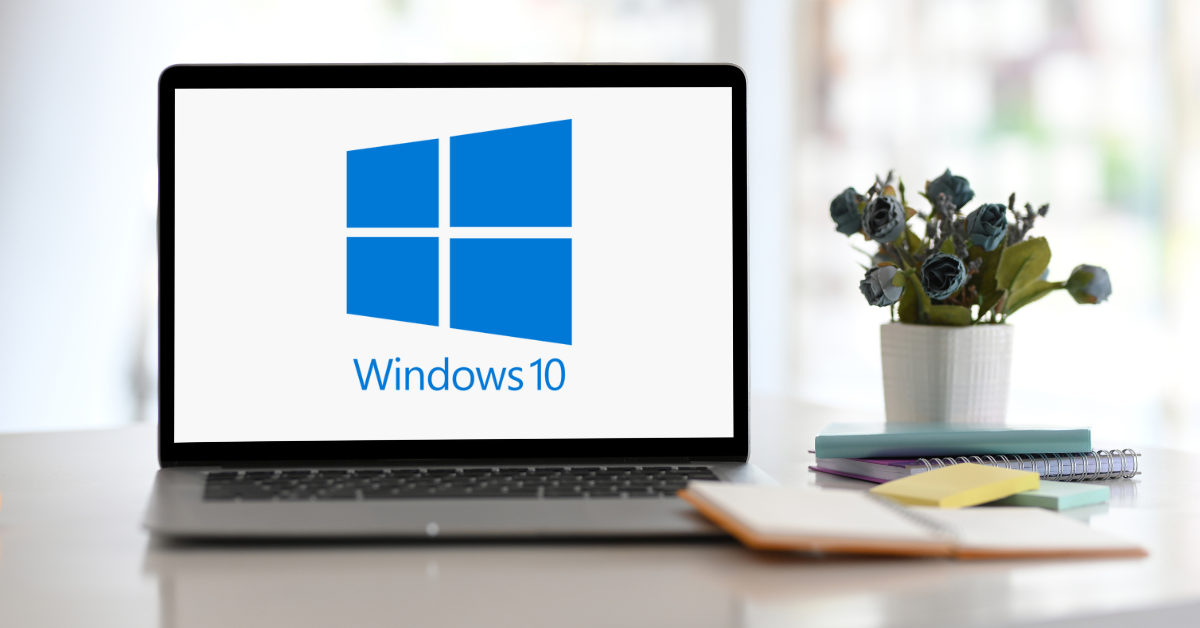Why You Should Prioritize Your Upgrade From Windows 10
2025 has arrived and many businesses will need to prepare for a significant event in the tech world. On October 14, Windows 10 will reach its end of support. This means Microsoft will no longer provide updates, patches or security fixes for this operating system.
While October might seem distant, business decision-makers should begin planning for this transition as soon as possible. Time flies faster than many of us realize, and there may be hurdles to securing your new devices.
If you missed our blog back in May 2024 (speaking of time flying, where did the last nine months go?), be sure to check it out for some additional info on when and why you should upgrade. Today, we’ll take a closer look at what makes upgrading your devices on time so important, and why waiting until the last minute could lead to unexpected challenges.
Before we jump in, we will quickly note our obvious bias as an MSP and Microsoft partner. While this could feel like your average sales pitch, we’ve seen the negative impact that outdated devices and operating systems can have. We don’t believe any business should have to deal with those headaches, which is why we gear our blog toward a general audience focused on IT best practices.
Why Waiting Could Cause Problems
Hardware Compatibility
Some of your existing devices may meet the requirements for upgrading to Windows 11, but those types of upgrades should only be temporary. Even with the updated software, your outdated hardware will begin to lack functionality. We recommend that you upgrade all of your Windows 10 devices as soon as possible, regardless of their Windows 11 capabilities.
The earlier you plan for device upgrades, the less time you’ll spend dealing with outdated hardware and the risk of downtime. Please consult with trusted IT professionals before making any changes to your environment.
Inventory Issues
As the deadline draws near, many organizations will wait until the last minute to upgrade their systems. This sudden increase in demand can lead to supply shortages, with manufacturers struggling to keep up. The government and essential sectors will likely be prioritized, leaving businesses that procrastinate waiting. By starting the upgrade process as early as possible, you'll ensure you have enough time to order the correct, necessary equipment with minimal delays.
Be sure to keep your usual timeline in mind, as you have to navigate any budgeting or approval processes in your business.
Tariffs
According to the Consumer Technology Association, computer and laptop prices could increase by 46 percent due to increased tariffs on goods from China, Mexico, and Canada, and could go into effect as soon as this month. This could then lead to supply chain disruptions due to delayed shipments, decreased demand or diversified supply chain strategies.
Be sure to keep this in mind if you have hardware purchases on the horizon, especially if your organization has a high number of Windows 10 devices. To learn more about these tariffs, read our blog post from earlier in December.
Start Planning Your Upgrade Today
We understand that upgrading your technology infrastructure can seem daunting, but delaying the inevitable could lead to downtime, security issues or other productivity challenges. We strongly recommend discussing your upgrade strategy with your IT partner well ahead of the October 14, 2025 deadline. With the right plan in place, you’ll not only ensure a smoother transition but also protect your business from the risks that come with running unsupported software.
Remember, the future of your business’s IT infrastructure is in your hands—don't wait until it's too late!




